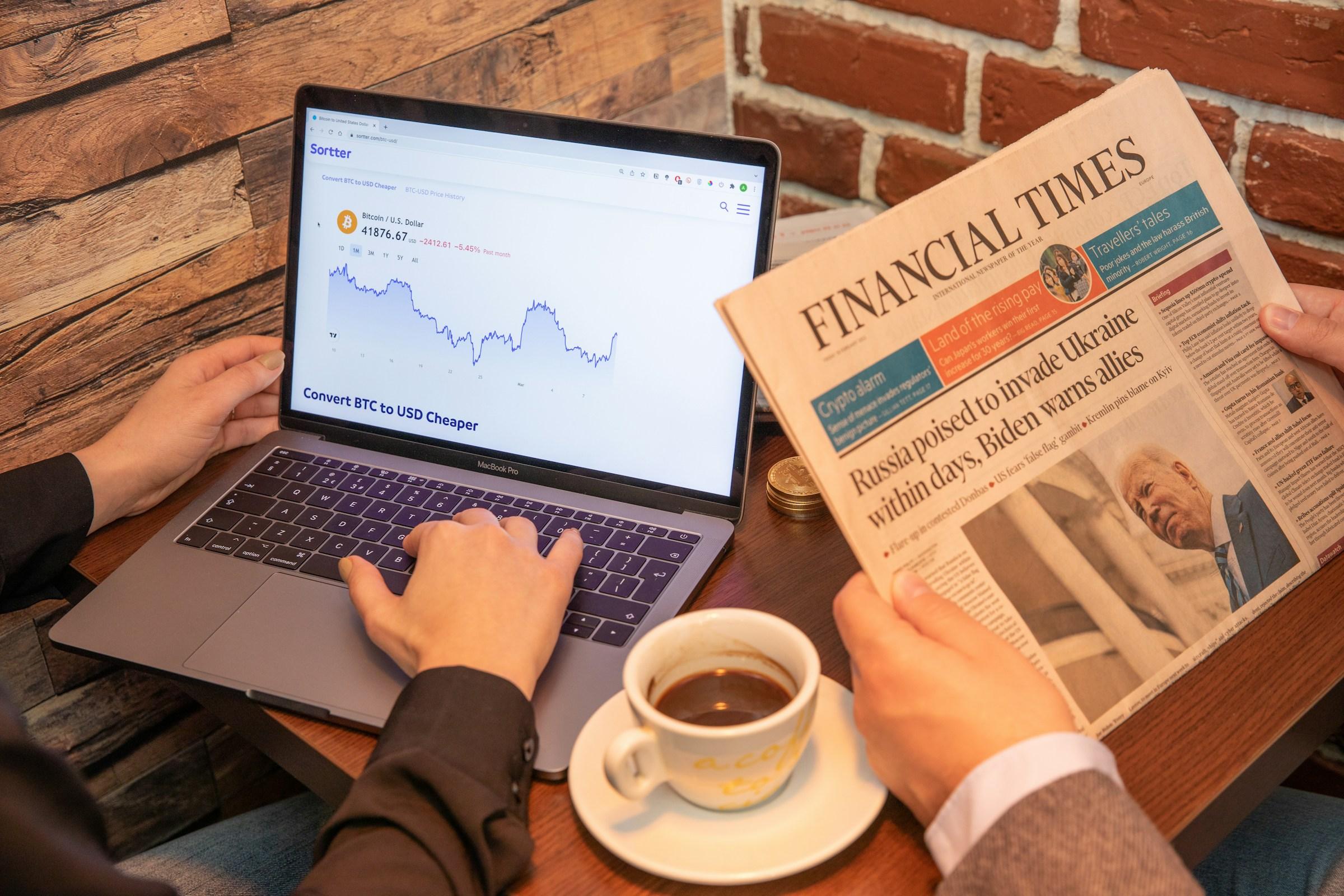People often start with a yes or no question about crypto, as if a single answer could settle the matter for every household and every time horizon. A better approach begins with fit. A good investment should serve clear goals, sit within a risk budget you can defend, and operate inside rules you understand. When framed like this, crypto becomes less of a riddle and more of a planning choice. The case for it rests on improved access, better market plumbing, and a set of potential long run payoffs, balanced against volatility, regulation, and human behavior. For a working adult in Singapore, the judgment is not made on social media, it is made in a budget, a calendar, and a tax profile.
Access is the first reason many investors feel more comfortable than they did a few years ago. In the early days, buying crypto meant learning to manage private keys, choosing an exchange carefully, and accepting the possibility that a small operational mistake could erase an entire position. That barrier kept a lot of sensible people away. The landscape shifted when regulators in large markets allowed spot exchange traded funds that hold the underlying asset and live in ordinary brokerage accounts. Bitcoin funds launched first, ether followed, and the language around custody, disclosure, and auditing began to look familiar to anyone who has ever read a prospectus. Even if you never plan to buy a United States listed product, the existence of these funds matters, because product design and operational standards tend to set a tone that brokers and banks worldwide can follow. Investors who once faced a technical maze now have the option to get exposure the same way they buy an index fund or a gold ETF, which moves crypto from a hobbyist corner into a standard portfolio tool.
Access, however, is not the same thing as logic. The portfolio argument for crypto is frequently sold as diversification. The record is not that simple. At times, bitcoin and other large tokens have behaved like high beta expressions of equity risk, rising faster in good periods and falling harder in bad. Correlations wander across cycles. They sometimes spike during market stress, which is precisely when investors hope their diversifiers will hold up. That does not make diversification a myth. It makes it conditional on regime and on size. A modest allocation can change the shape of returns when adoption narratives are in favor, and it can impose sharp drawdowns when they are not. If you treat crypto as a permanent defensive hedge, you may be disappointed at the worst moment. If you treat it as a satellite position that can amplify gains in risk on environments and that you rebalance with discipline, you have a more realistic map.
Behind the day to day moves sits the deeper thesis. There are two pillars. One is monetary, led by bitcoin, which has a transparent issuance schedule and a reputation as a scarce digital asset that is not the liability of any single government or company. The other is technological, centered on programmable networks that can move value, settle transactions, and enforce contracts without a single operator. If either pillar compounds in adoption, the payoff for early and patient holders can be meaningful. If neither does, returns compress toward speculative cycles that live on hopes rather than cash flows. This is why the crypto question is never simply good or bad. It is a matter of whether you are comfortable owning an asset whose long run success depends on adoption curves that are still being written, and whether you can tolerate drawdowns that may last years.
The method you choose to buy exposure shapes your risk more than most people realize. Direct ownership through an exchange or self custody removes layers between you and the asset, which is attractive to some. It also transfers operational risk to you. You become responsible for key security, phishing awareness, and counterparty selection. An ETF or similar fund structure takes those tasks and places them inside a regulated vehicle that your broker can hold and report alongside your equities and bonds. That route adds management fees and introduces fund structure risk, but it meaningfully reduces the chance that a simple mistake becomes a permanent loss. For a salaried investor who values clean reporting, easy rebalancing, and fewer operational surprises, a listed fund is often the path of least regret. For a technically confident investor who values sovereignty above all, self custody may still feel right, provided the safeguards are real and not just intentions.
Rules and taxes deserve more attention than they usually get in casual conversations. In Singapore, the Monetary Authority has made it clear that consumer protection matters. Marketing of digital payment token services to the public is tightly controlled, risk disclosures are stronger, and the tone from the regulator encourages deliberation rather than impulse. None of this forbids participation, but all of it signals that crypto should be treated like a complex product. On tax, Singapore does not impose a capital gains tax on individuals who are not trading as a business, which simplifies life for buy and hold investors. That said, once you receive tokens as income, or you trade with the regularity and intent of a business, ordinary income tax rules apply. Businesses that receive or pay with digital tokens must book transactions at fair value in Singapore dollars and consider how the Goods and Services Tax applies to their supplies. A household investor who buys and holds through a broker is usually outside those business rules, but prudence suggests checking your profile before you scale exposure. The most expensive mistakes in finance are often administrative rather than market based.
None of these external factors will help if behavior is weak. Crypto is a 24 hour market with constant price updates and an endless stream of online commentary. That environment pulls people into timeframes that do not match their goals. The best defense is a plan written before the noise arrives. Decide the role crypto will play, growth or diversification or technology exposure, and declare a maximum allocation that will not threaten your core savings. Automate contributions if you want to build the position steadily, and precommit to a rebalancing schedule that trims winners and adds to losers without emotion. Simplicity becomes a form of risk control, because a simple rule is easier to follow when prices are loud.
Sizing is where theory becomes real. For most working adults, crypto belongs in the satellite portion of a portfolio that has a core made of diversified equities and high quality bonds, along with emergency cash and insurance cover. The satellite exists to explore higher risk and higher potential return ideas without endangering the plan. If your allocation is small enough that a long winter in prices is uncomfortable but not catastrophic, you have given yourself a chance to earn the optionality that people talk about without placing your future at the mercy of a narrative. If your allocation is large enough that you cannot sleep, you have already answered your own question about whether it is a good investment for you.
The presence of regulated funds and better custody does not remove uncertainty. Protocols can fail, software can be exploited, and narratives can shift quickly. Regulation can tighten, liquidity can shrink, and cross market flows can turn. None of this is unique to crypto, but the magnitudes are often larger and the cycles sharper, partly because the asset class is still young and partly because the social attention it attracts magnifies every move. Treating these realities as features of the landscape rather than rare shocks helps investors behave more like adults. Those who expect turbulence are less likely to abandon their plan when it arrives.
Context matters as well. You already hold indirect exposure to the crypto ecosystem if your global equity funds own the companies that provide picks and shovels, such as chipmakers, exchanges, and software firms. That indirect exposure does not deliver the same payoff profile as owning the token itself, but it reduces the need to double up. Conversely, if your current holdings are almost entirely in traditional indexes and you want a distinct bet on digital scarcity or programmable finance, a small token exposure or a spot ETF can add something your portfolio does not already have. The key is to avoid repetition without purpose. Two different wrappers that rise and fall on the same story are not diversification, they are concentration in disguise.
It is also worth noticing how the definition of good changes as life changes. A young professional with stable cash flow and decades to invest might accept a small amount of volatility in exchange for exposure to a new technology platform. A mid career parent balancing a mortgage, childcare expenses, and retirement saving might decide that simplicity and low tracking error matter more than optionality. A retiree drawing income from the portfolio may see no reason to add an asset with high variance and uncertain correlation at the very moment stability matters most. None of these choices condemn or endorse crypto in the abstract. They simply match the tool to the job.
The intellectual debate often tries to settle the question once and for all, as if a definitive answer could be written in a textbook. The practical investor does not need that. The practical investor needs internal consistency. If you believe in the monetary pillar, you should be comfortable holding through policy cycles and liquidity scares, because your thesis was never about next quarter. If you believe in the technology pillar, you should be watching adoption metrics, not just prices, and you should be prepared for the reality that adoption rarely moves in a straight line. If you are in it for diversification, your rule set should acknowledge that correlations are unstable and that rebalancing is your friend. In every case, the strength of the plan is not in the prediction, it is in the discipline that survives an ordinary bad year.
So, is crypto a good investment. It can be, when it fits a plan. The improvements in access mean you can now own it through regulated funds that integrate with your broker, or you can hold it directly if you value control and accept the operational duties. The portfolio case is not a fairy tale, but it is not a free lunch either. Diversification benefits depend on the market regime and on size, and the potential for adoption driven returns comes with the possibility of long and deep drawdowns. The regulatory and tax environment in Singapore permits responsible participation while reminding everyone that consumer protection matters.
A simple checklist helps. Make sure your emergency fund is intact and your core retirement contributions are on track. Decide what role crypto plays and fix the maximum allocation before you buy. Choose an access route you can operate safely and report easily. Understand how your local rules and taxes apply to you, especially if you run a business or receive tokens as income. Precommit to a rebalancing schedule and resist the pull of daily noise. If you can do these things, then crypto can serve as a discretionary satellite that adds growth potential to a traditional plan without becoming the plan.
The lesson is not that crypto is destined to reward every buyer. The lesson is that personal finance is a design project. A well designed plan can absorb a high risk component and still deliver you to your future with options intact. Crypto is one such component. It is neither a panacea nor a pariah. It is a tool that can help the right investor at the right size for the right reasons. If you can hold it like an investor and report it like an adult, it can be a good investment for you. If you cannot, it is better to strengthen the core first and revisit the idea later. The goal is not to win a single trade. The goal is to build a life where your money supports your choices, and where no single asset, narrative, or cycle gets to decide those choices for you.





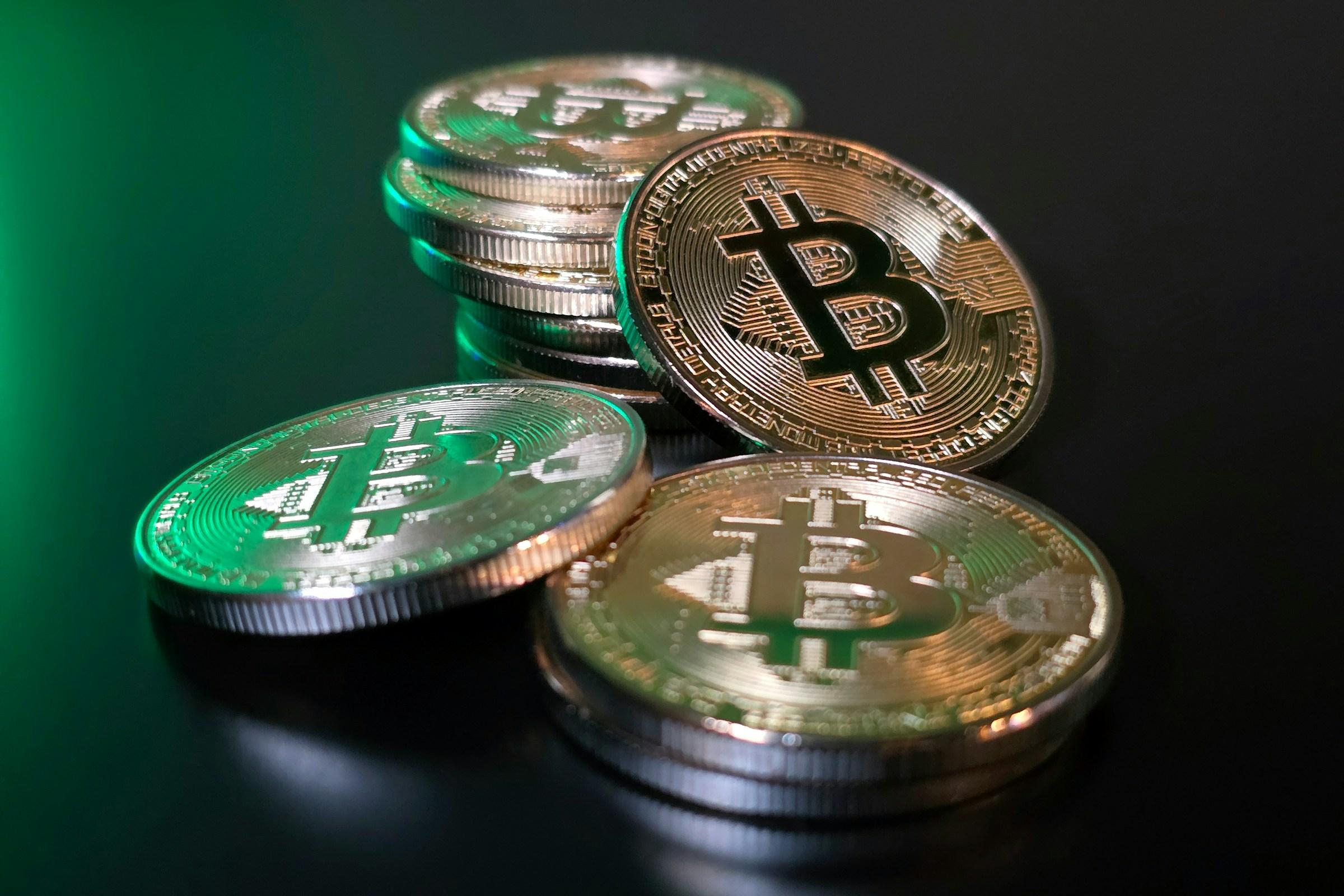
.jpg&w=3840&q=75)
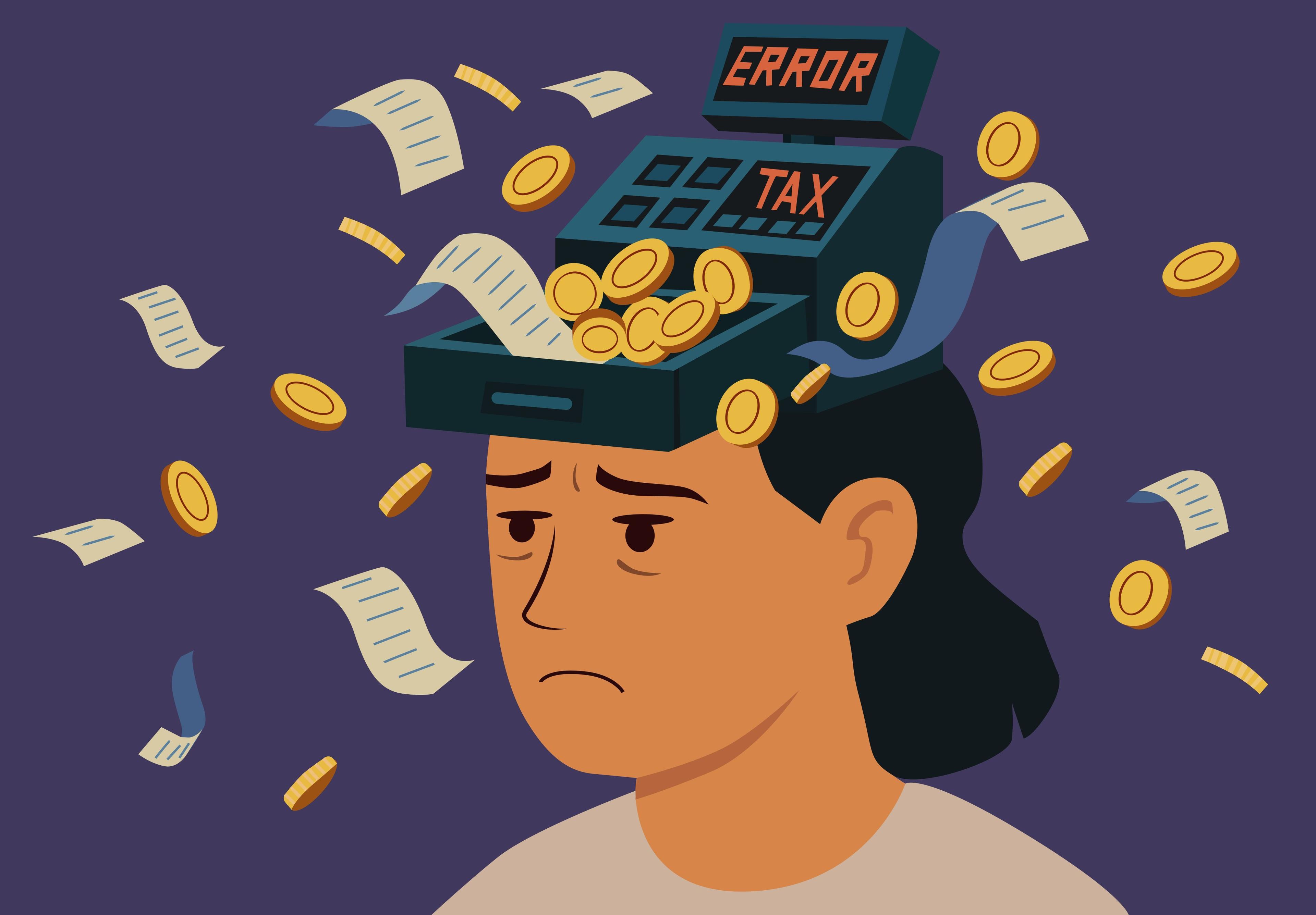


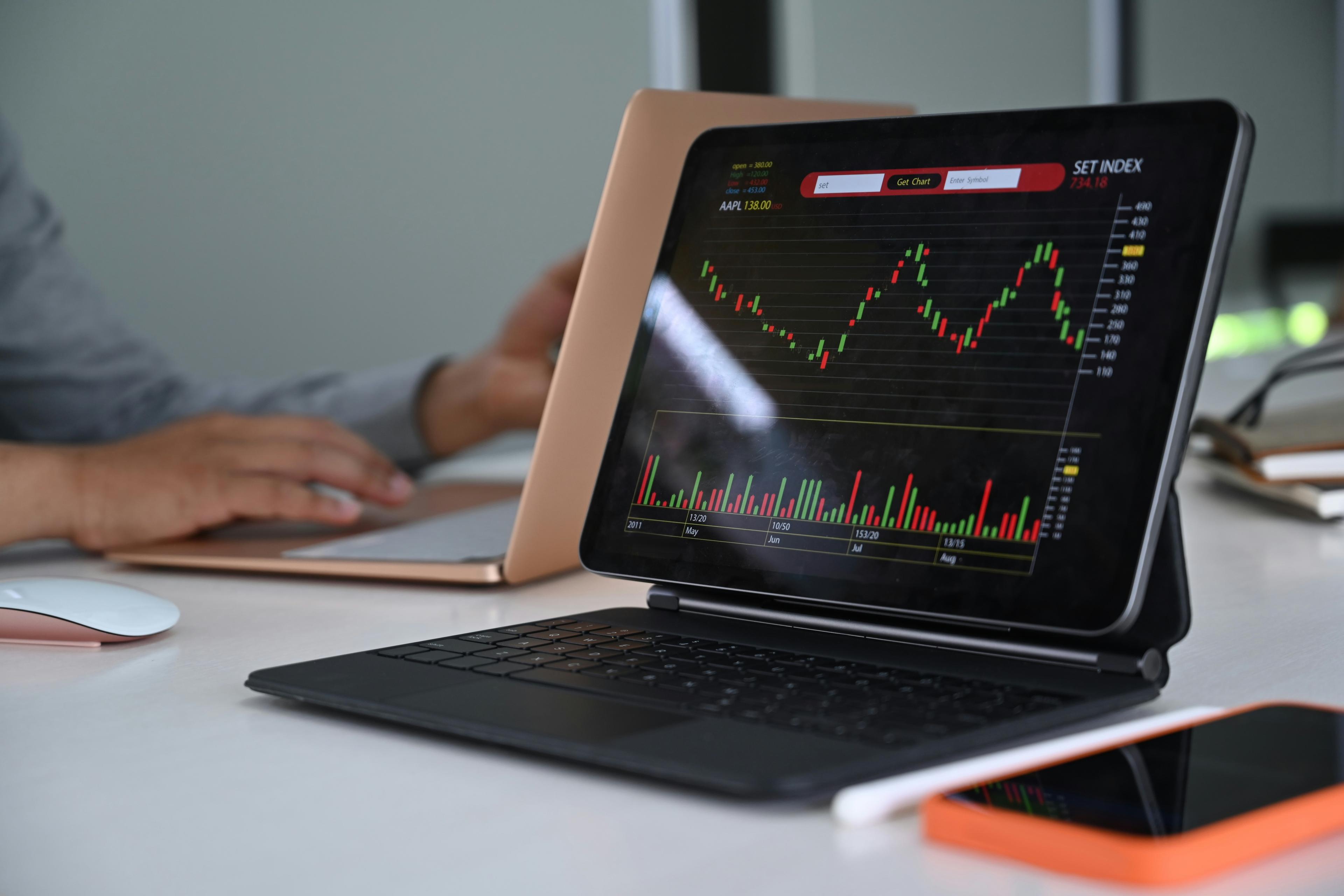
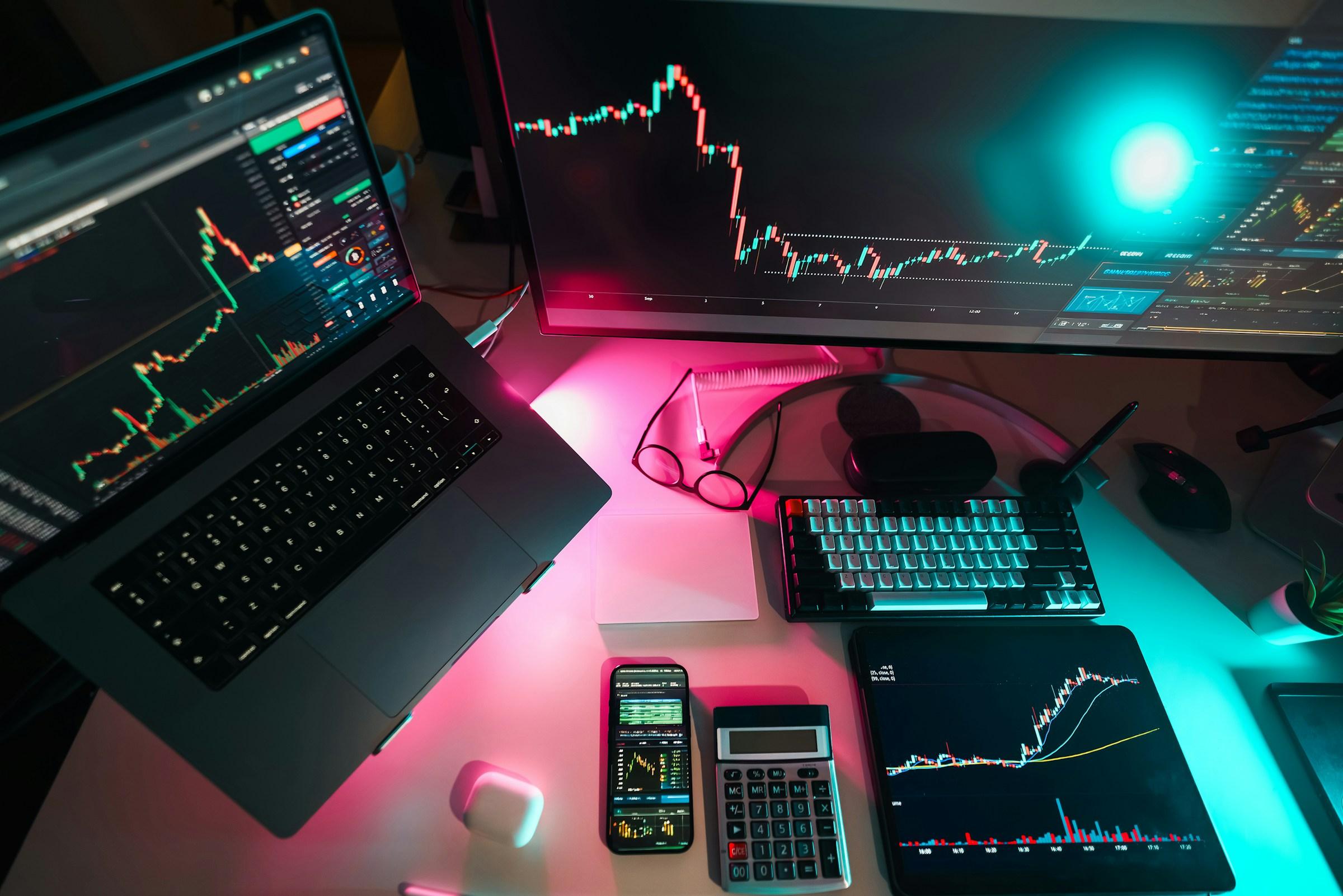
.jpg&w=3840&q=75)
